Visiting the memorials and the place where the Tallinn April riots started, and Lennart Meri square
May 14, 2007
(Saadaval ka eesti keeles.)
It seemed more and more strange to me that I keep going on about the crimes against humanity during World War Two and later in Estonia, yet I haven’t been to their local memorials. I’ve been to all sorts of foreign memorials, from Auschwitz to the Holocaust memorial in Berlin to Arlington cemetery in Washington DC, but so far, I hadn’t taken the trouble to visit the local ones. And so I thought I’d go there this Saturday.
Why do I think visiting actual physical places is important? It helps to replace myths with reality. Some element of subjectivity of course remains when talking about history, but when having been to the actual places, it’s much harder for someone to brainwash you about them. People believe all sorts of nonsense about things that they haven’t witnessed firsthand. That’s one of the downsides of media society, you have to rely on mediated experiences and can’t witness everything firsthand. But when you can, you should.
Klooga memorial
The Klooga memorial is at the site of the former Klooga concentration camp. It’s fairly easy to find – when going from Tallinn to Paldiski using the main road, then immediately after a railroad crossing you’ll see this sign that points you onto a humble forest road.
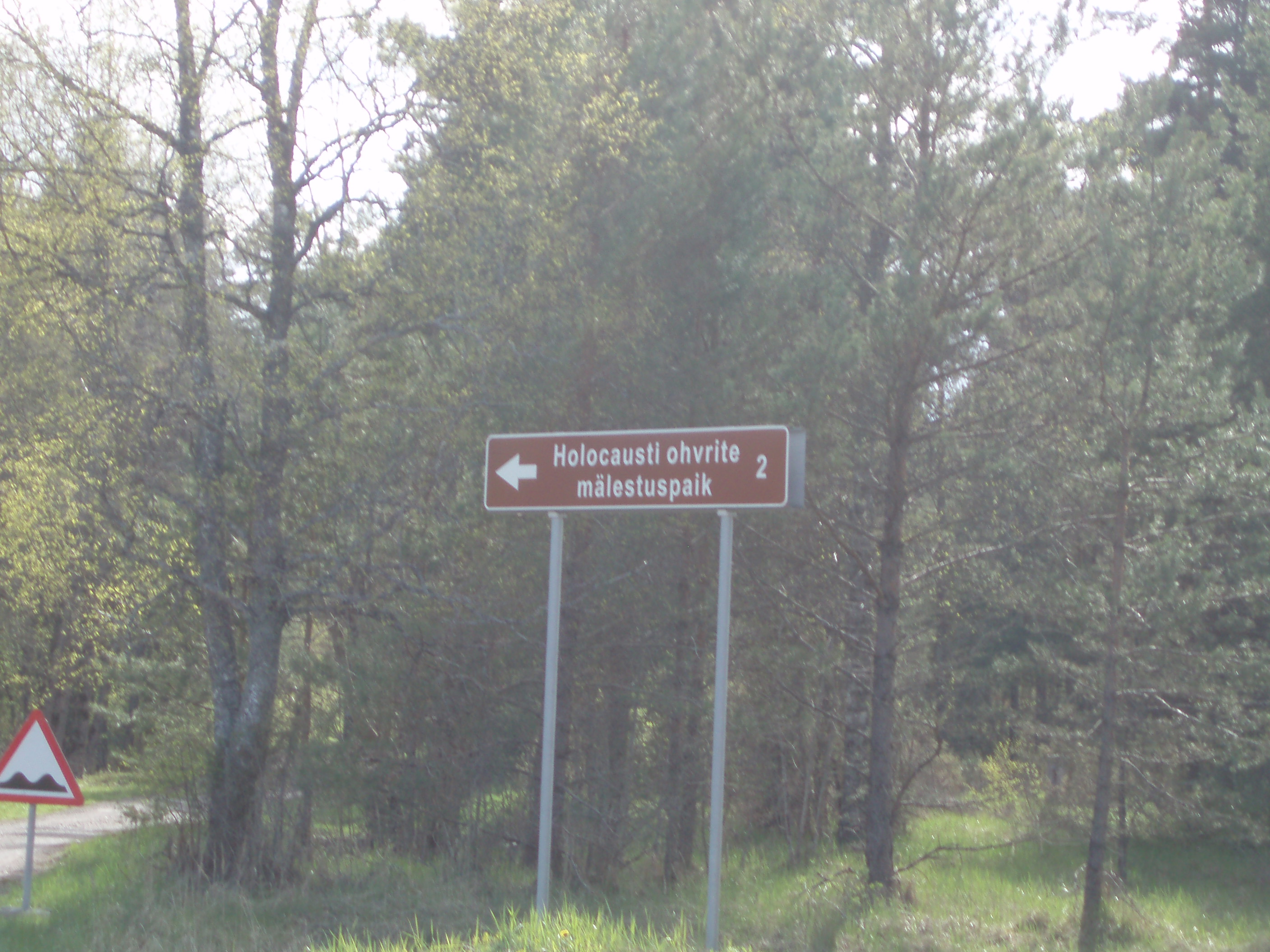
The memorial is a few kilometres into a forest on the lefthand side, overlooking an open field where I guess the camp facilities were located. You walk to it using a footpath.
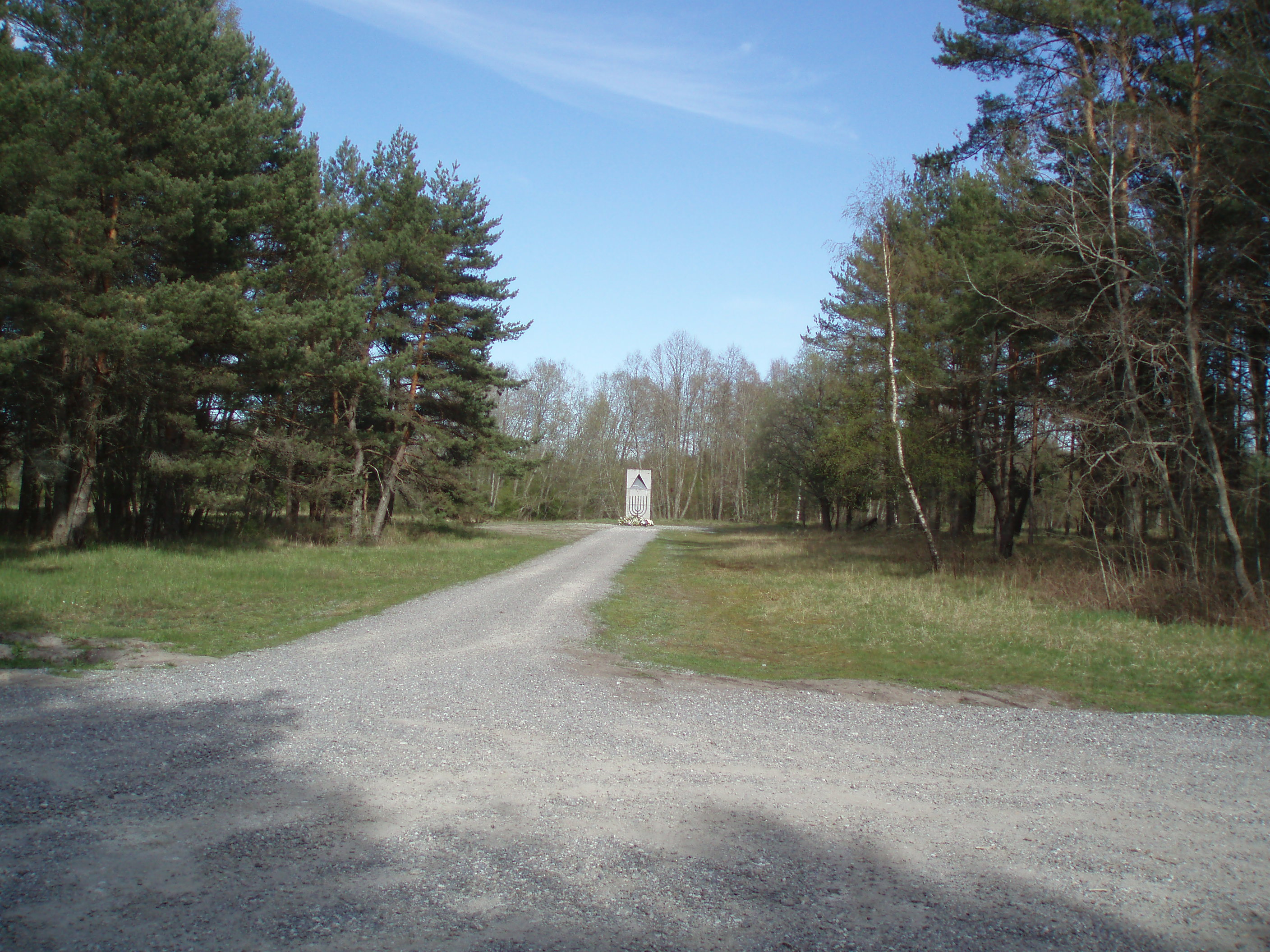
The memorial itself is as seen here. I visited it just a few days after May 8/9 and thus many memorial flowers and wreaths were still there, e.g by Czech and Russian Federation embassies.
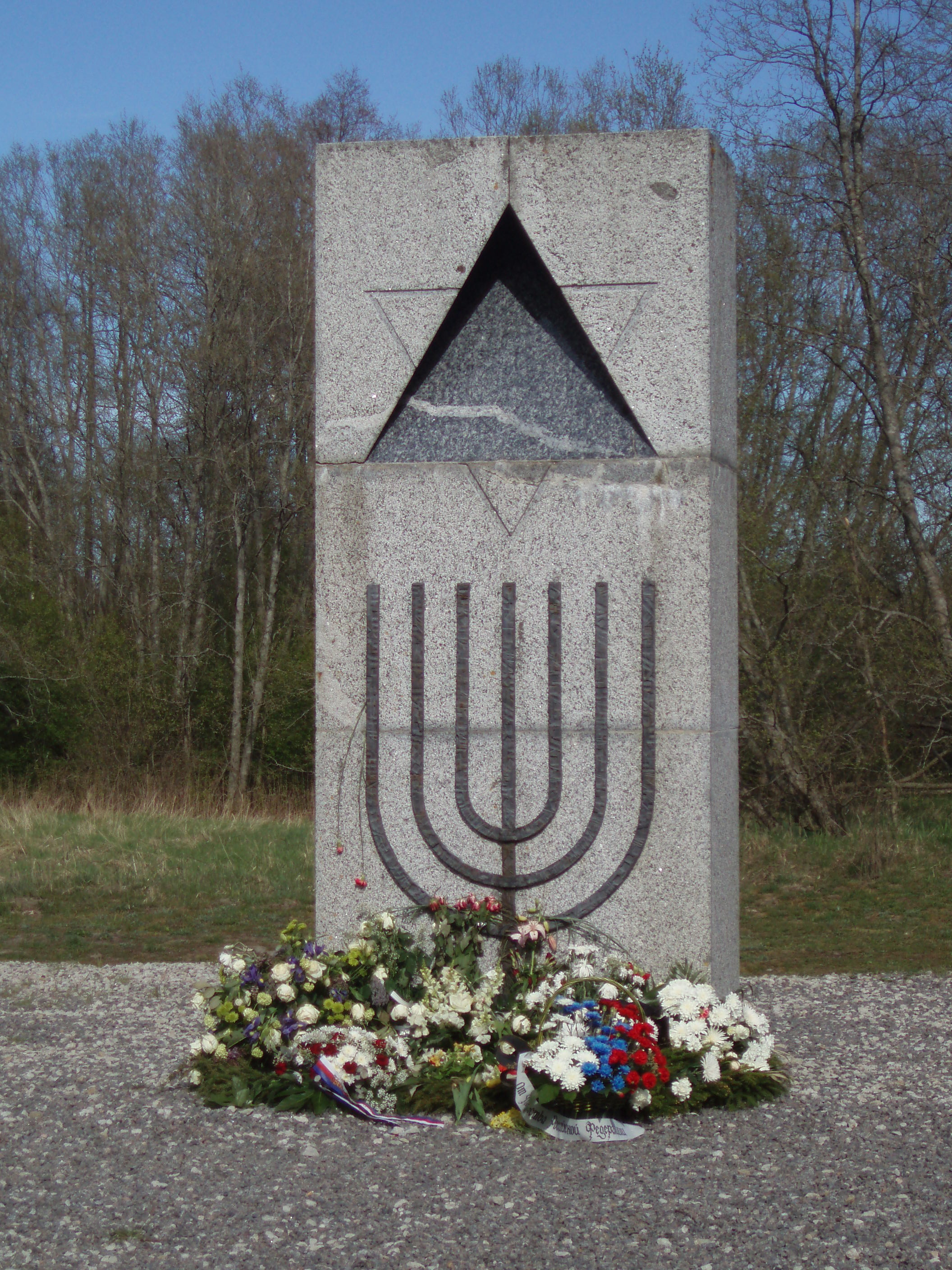
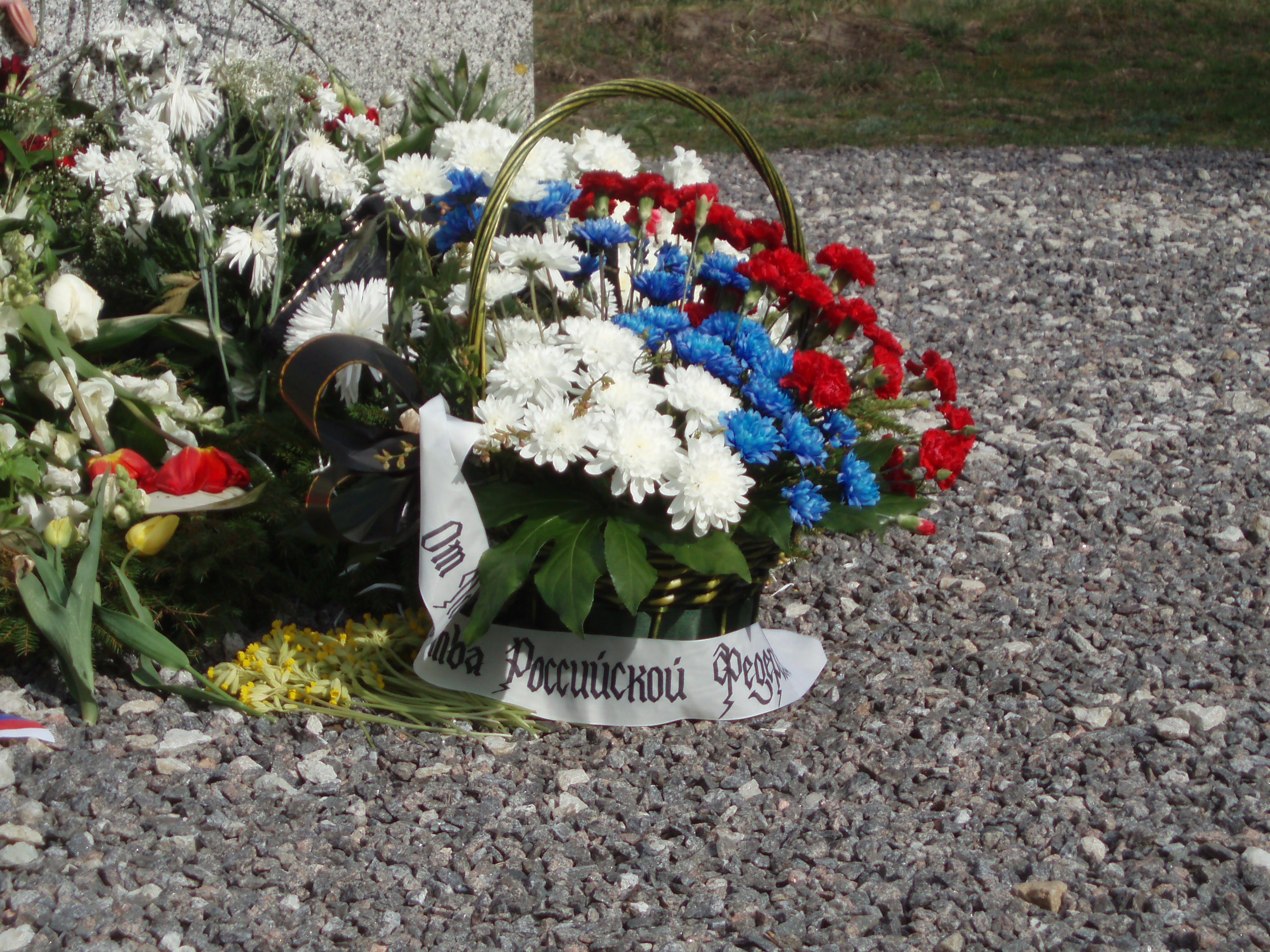
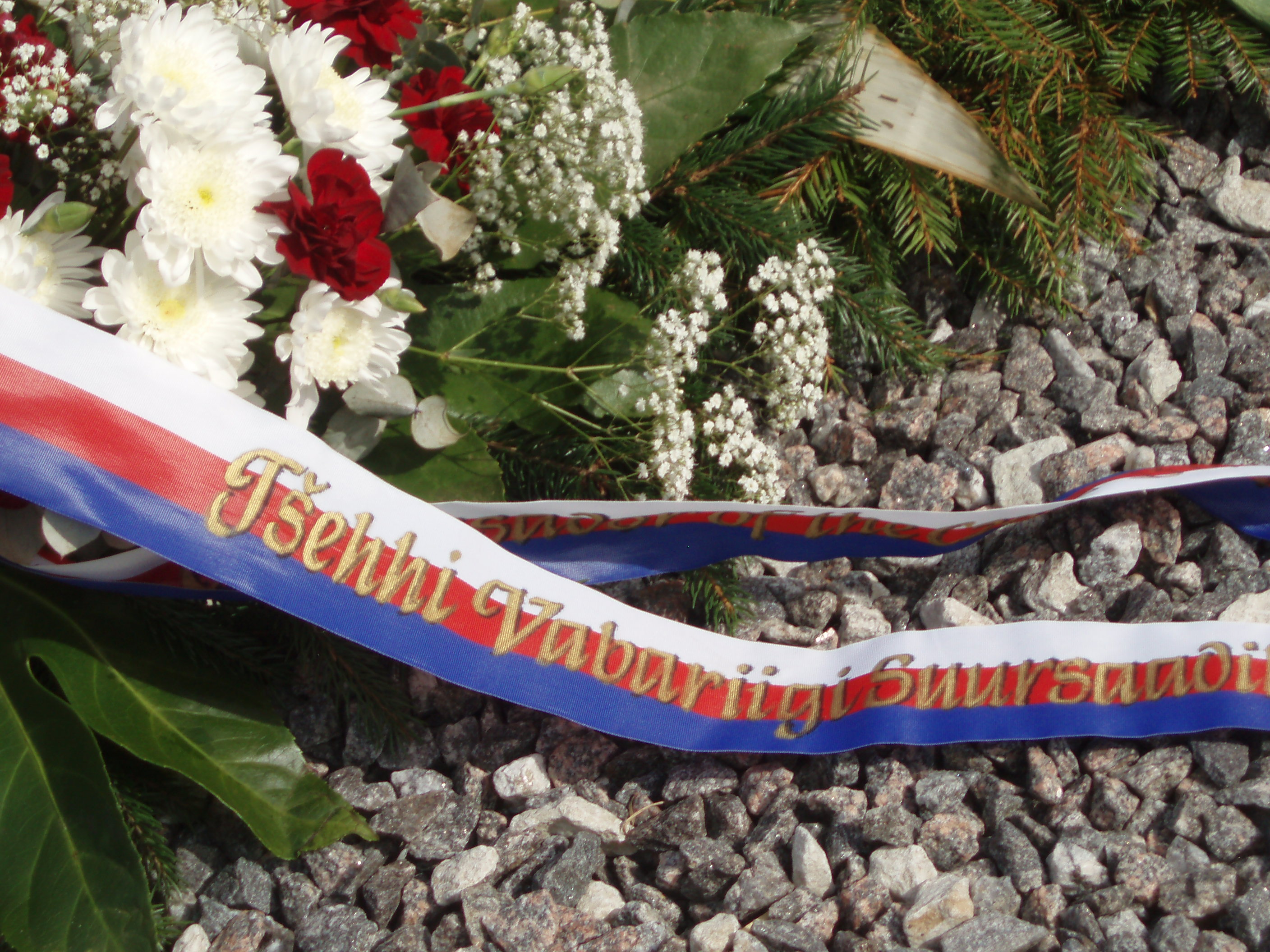
On the back side, there’s a brief inscription in Estonian and Hebrew. It says “in commemoration of Jews murdered in Estonia 1941-1944”.
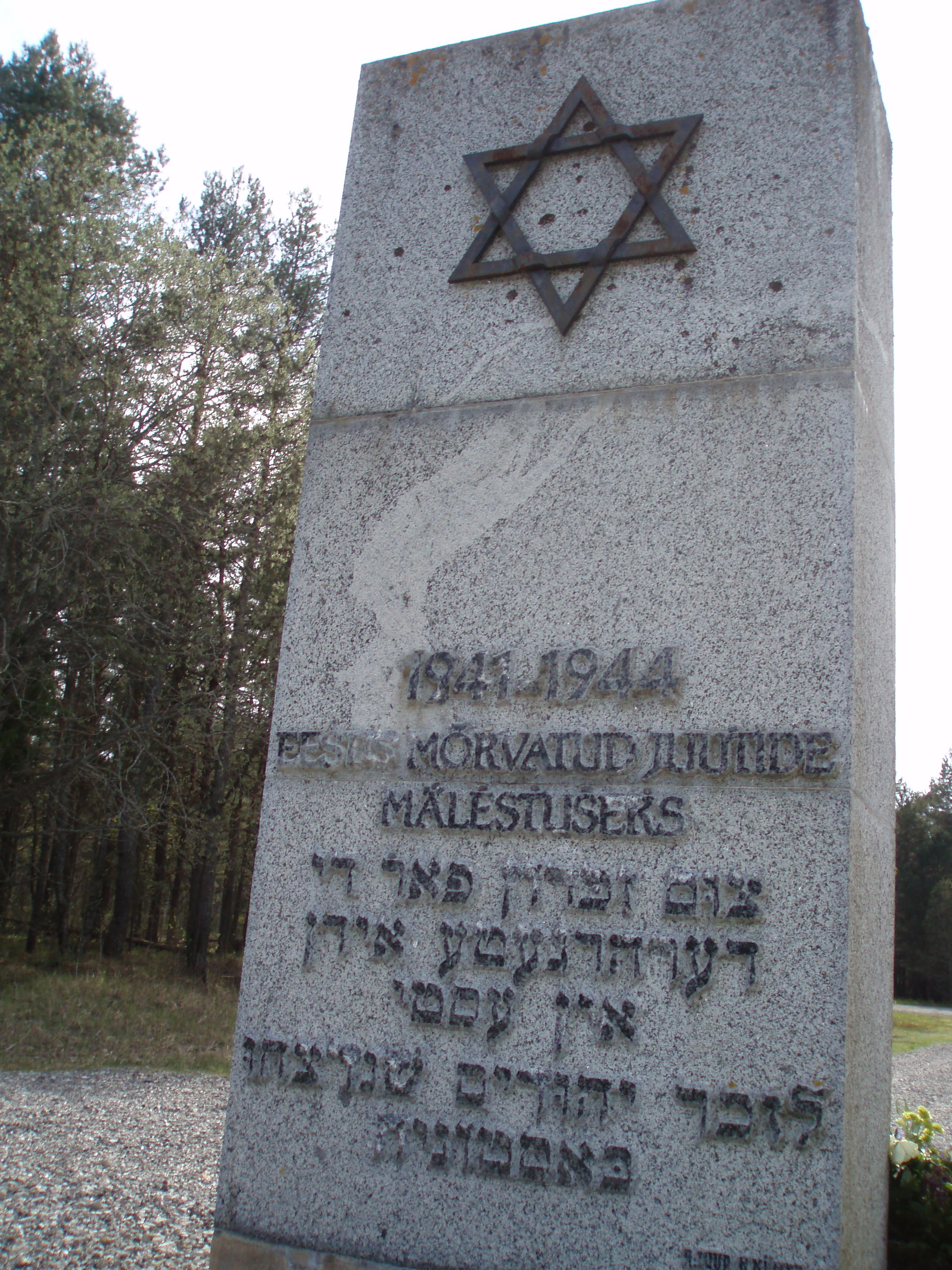
I was the only soul in the area, it was otherwise a fairly remote forest area. There were a few campers on the forest road a lot before the memorial site, but that was it.
Lack of information
One thing that I found seriously lacking and disturbing with the Klooga memorial was a total lack of information. Apart from the memorial and its short inscription, there were no other information materials on the site. What is this site about? Who set up and operated the camp? Were any crimes against humanity committed and have these people been convicted? It’s strange that I know more about what happened in the camps in Poland than I know about the camps in my own country, and the information isn’t really very readily accessible. At all the other sites that I have visited, even, say, Treblinka that is similarly located in a fairly remote forest area, great care has been taken to post proper information materials for the visitors. I think Estonia should do the same for both Klooga and any other Holocaust and other World-War-Two related memorials.
More generally, and in the situation with Russian Federation regarding dissemination of objective information, we should do more to let the world know of what happened, both online and offline. For example, one of the greatest crimes against Estonian population were the forced mass deportations in 1941 and 1949. There’s an article on this in the Estonian wikipedia, but it links to a generic article in English that doesn’t discuss the Baltics to great detail. It mentions the Baltic deportation only in the general framework of Soviet crimes, but we should expand this human tragedy to a much more detailed level (and other nations can do the same). I’m in no position to translate this myself in Wikipedia, though, as I’m not a historian and I can’t assess the source material in Estonian – and also in Estonian, it’s currently tagged as “needs editing”. So I think the government should put some resource into editing this material in sites that have high visibility such as Wikipedia, and also improve the quality of sites like the Museum of Occupations. Perhaps all this work should be organized under the roof of the latter and we should organize some fundraising to help them do so.
Tallinn Military Cemetery
I then went to take a look at where the Bronze Soldier is currently located and where it will remain. I hadn’t previously been to this cemetery. I can only hope that one outcome of these events is that more people will take interest in history and memorials and seek out these sites.
And indeed they do, at least at this cemetery. I wouldn’t say that it was exactly crowded, but there were quite a few people moving and just curiously roaming and browsing the site. I could hear both Estonian and Russian being spoken, with also some Finnish tourists. Everything was calm and people had come just out of curiosity or to commemorate the fallen ones.
The site is not very big and the Bronze Soldier is in its central location. There was a sea of flowers, both of the flowers that people had brought there themselves, and also the flowers that had been relocated from Tõnismägi (that people had put on fences, but the fences were taken down and the flowers were brought here).
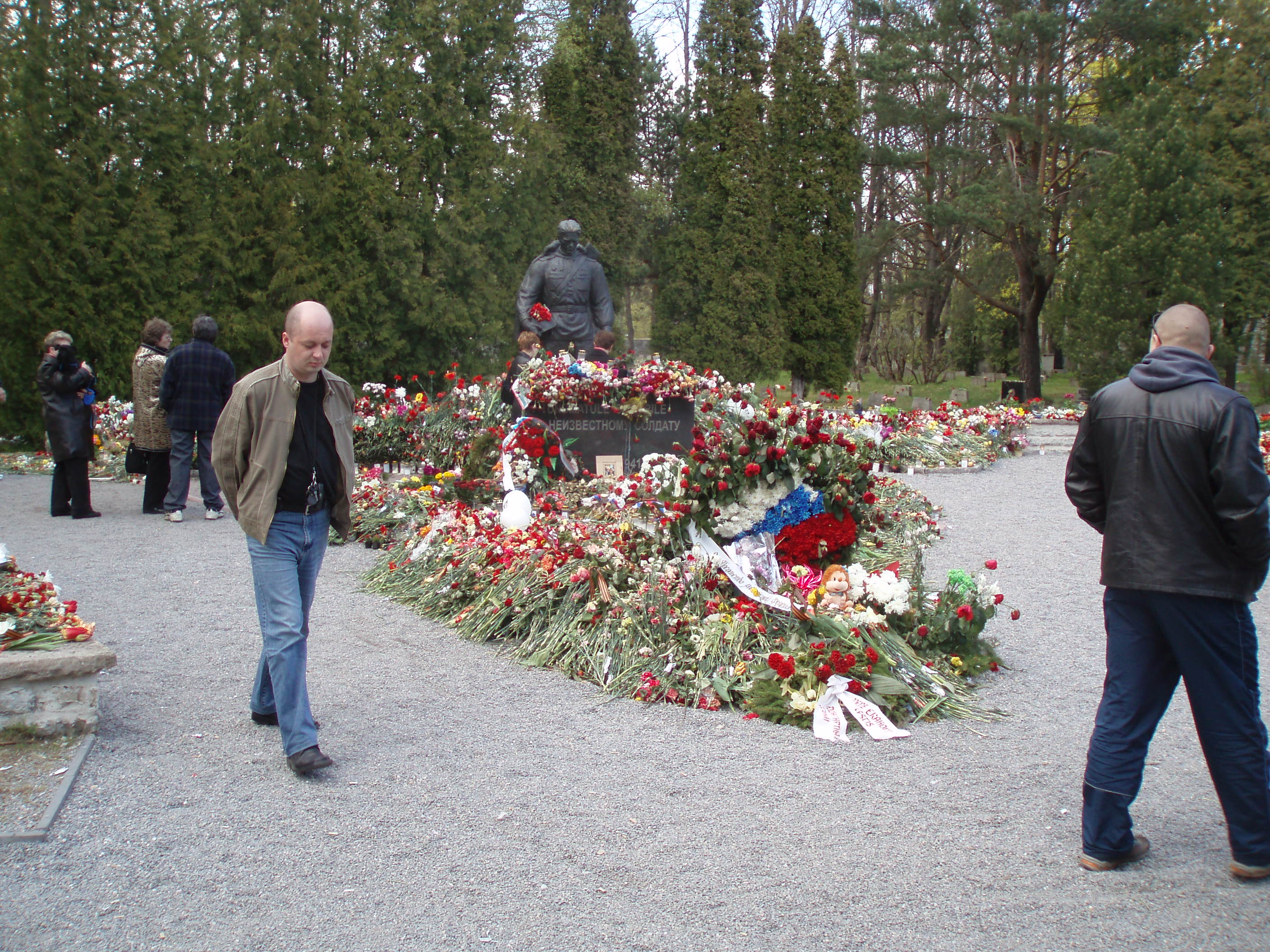
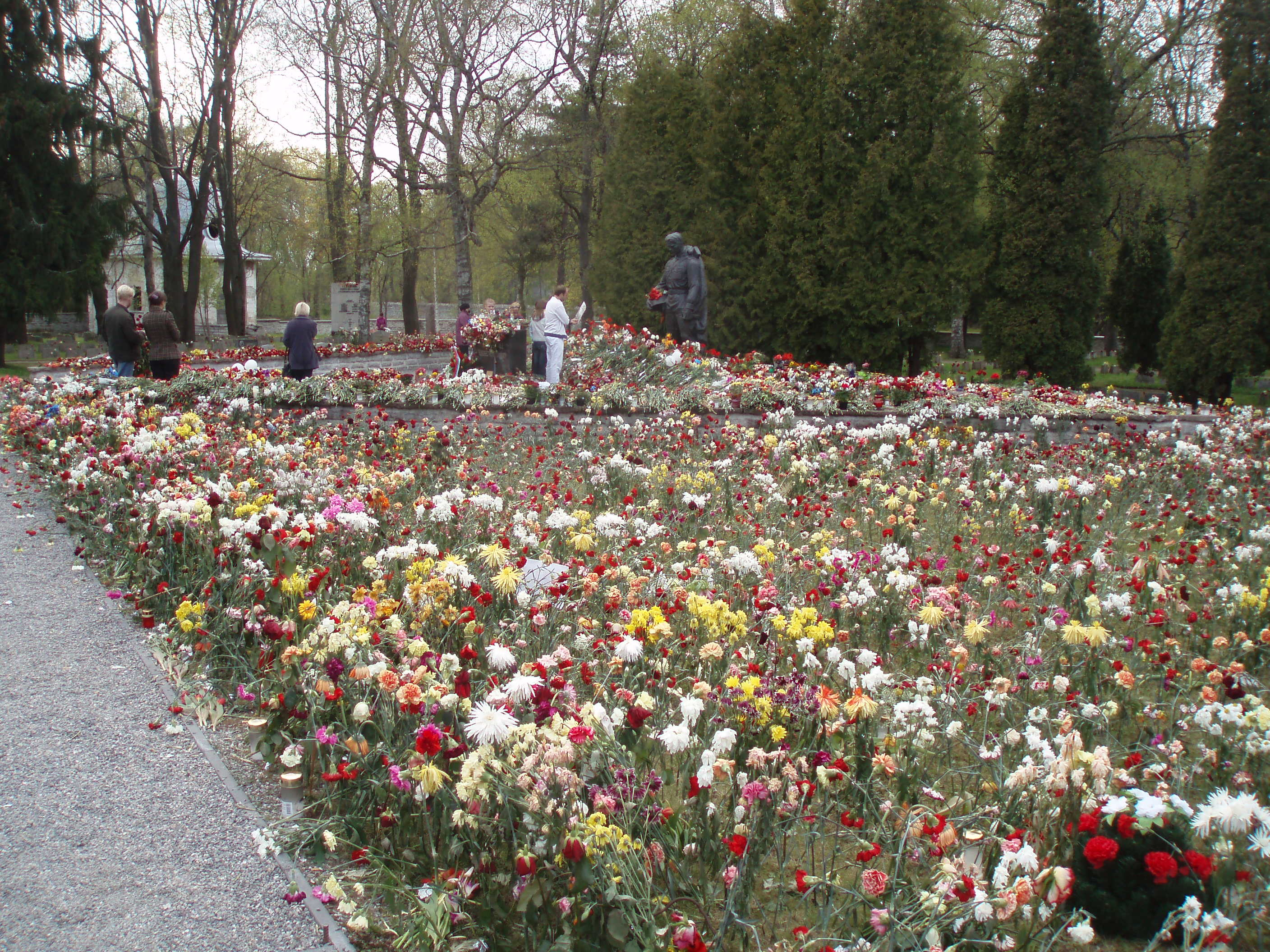
You could see tombstones of many soldiers with Russian names. I believe many of them fell during Soviet times.
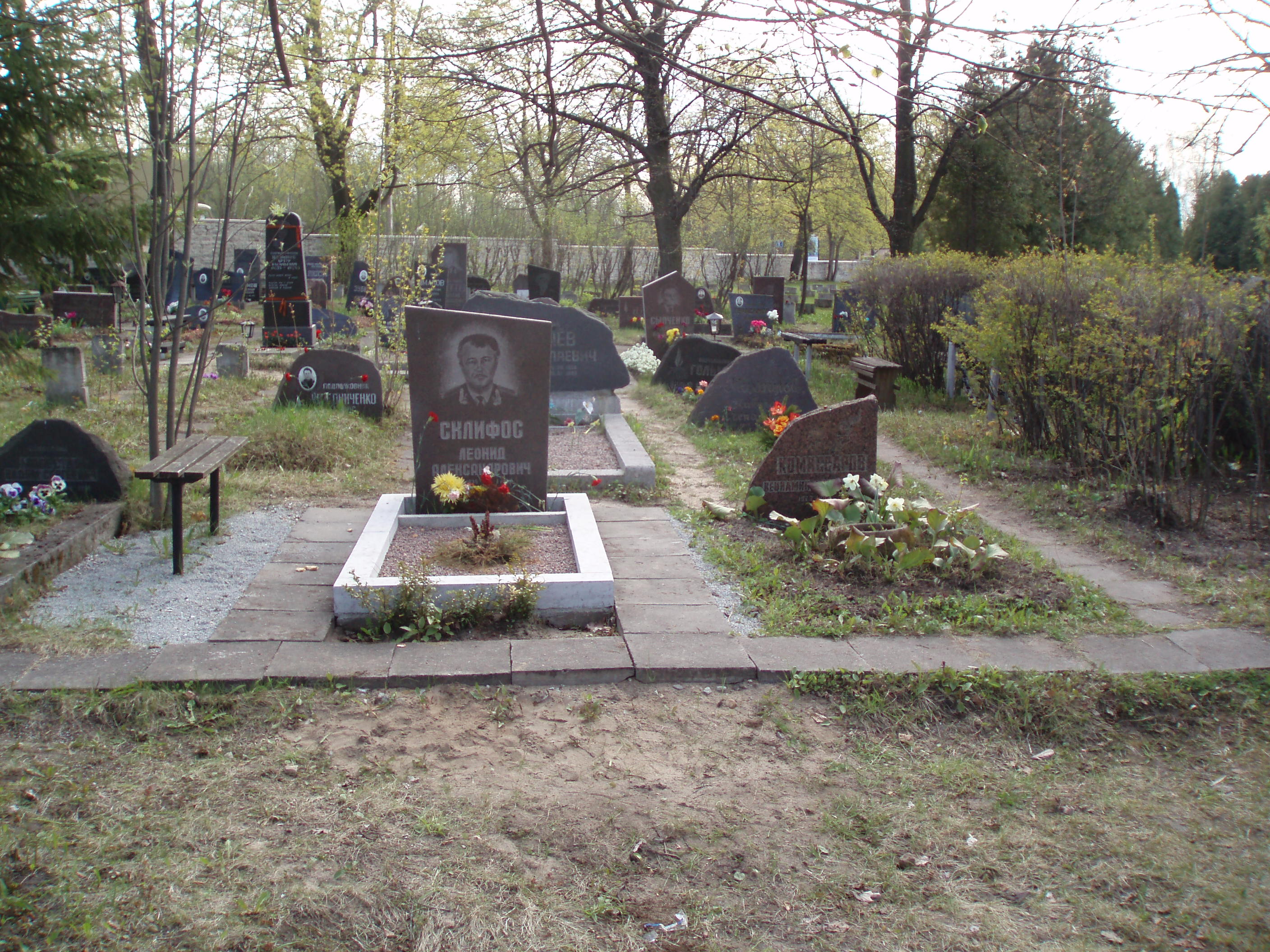
There were also tombs of Estonian and allied soldiers, such as the British sailors who fell during the Estonian war of independence, as well as Benno Leesik, former head of Estonian Defence League (voluntary military defence organization) who passed away just a few years ago. (Somehow the Defence League’s Russian wikipedia page is much more professionally edited than the Estonian one.)
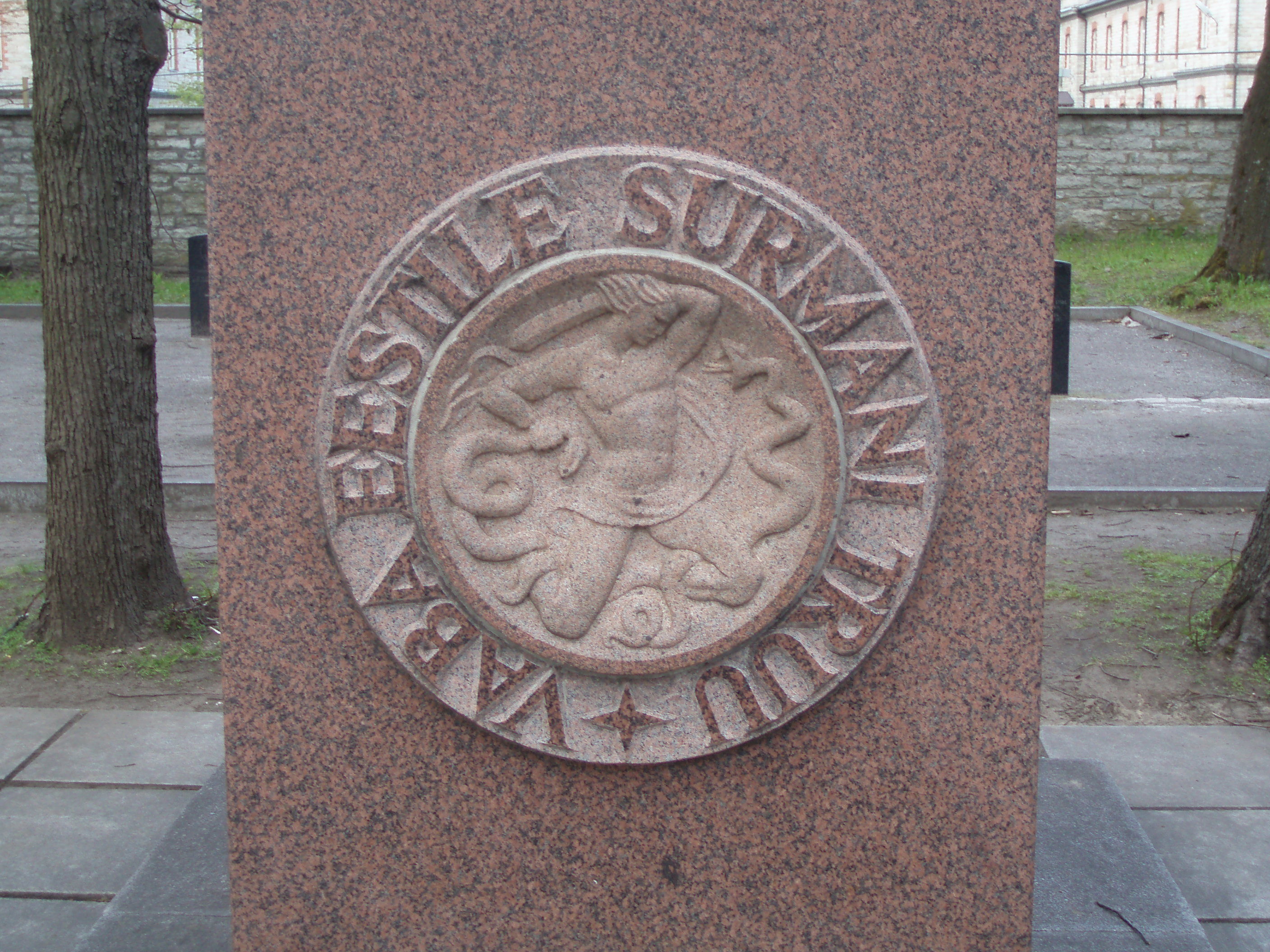
The inscription says “Loyal to free Estonia till I fall”.
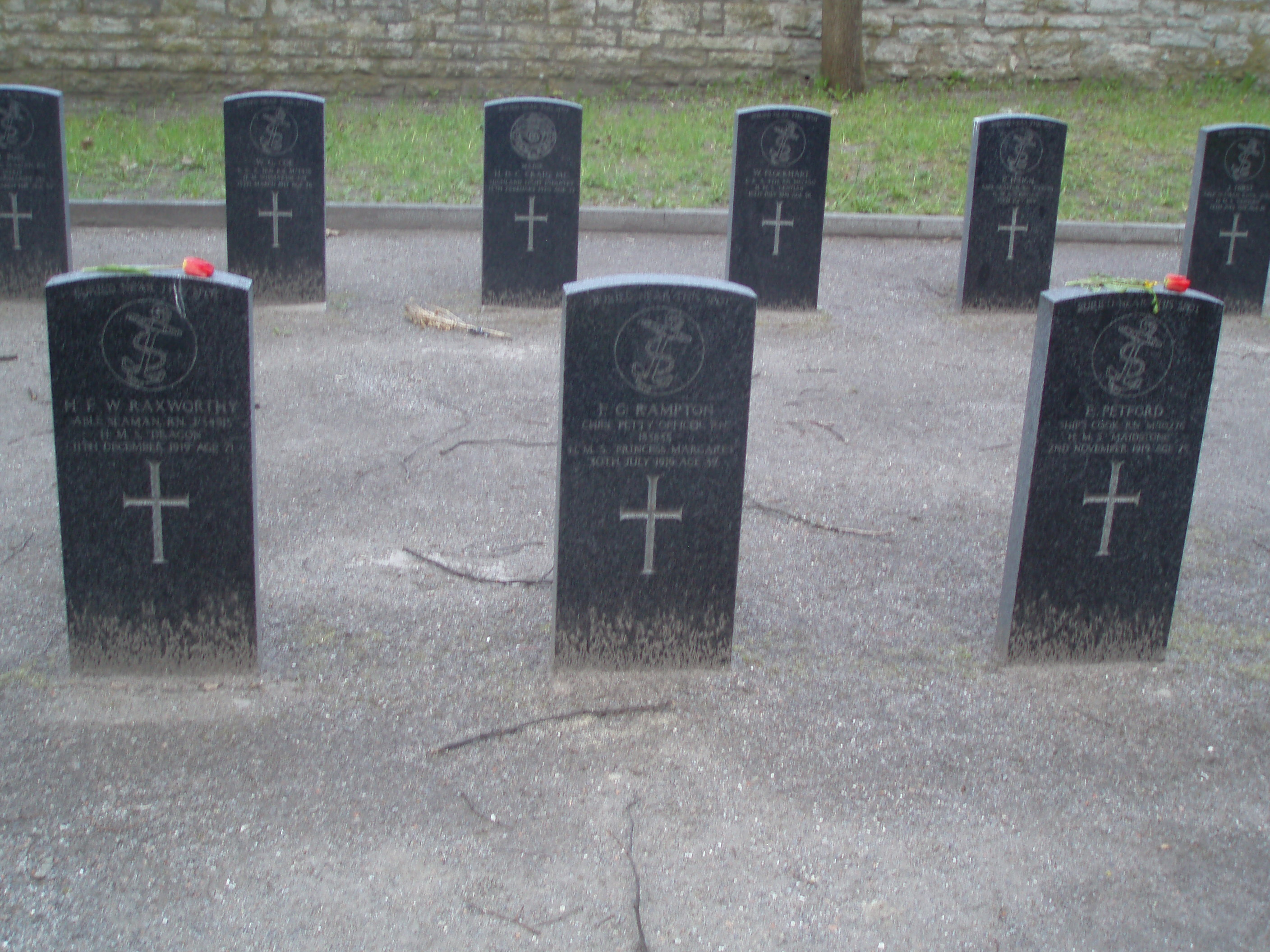
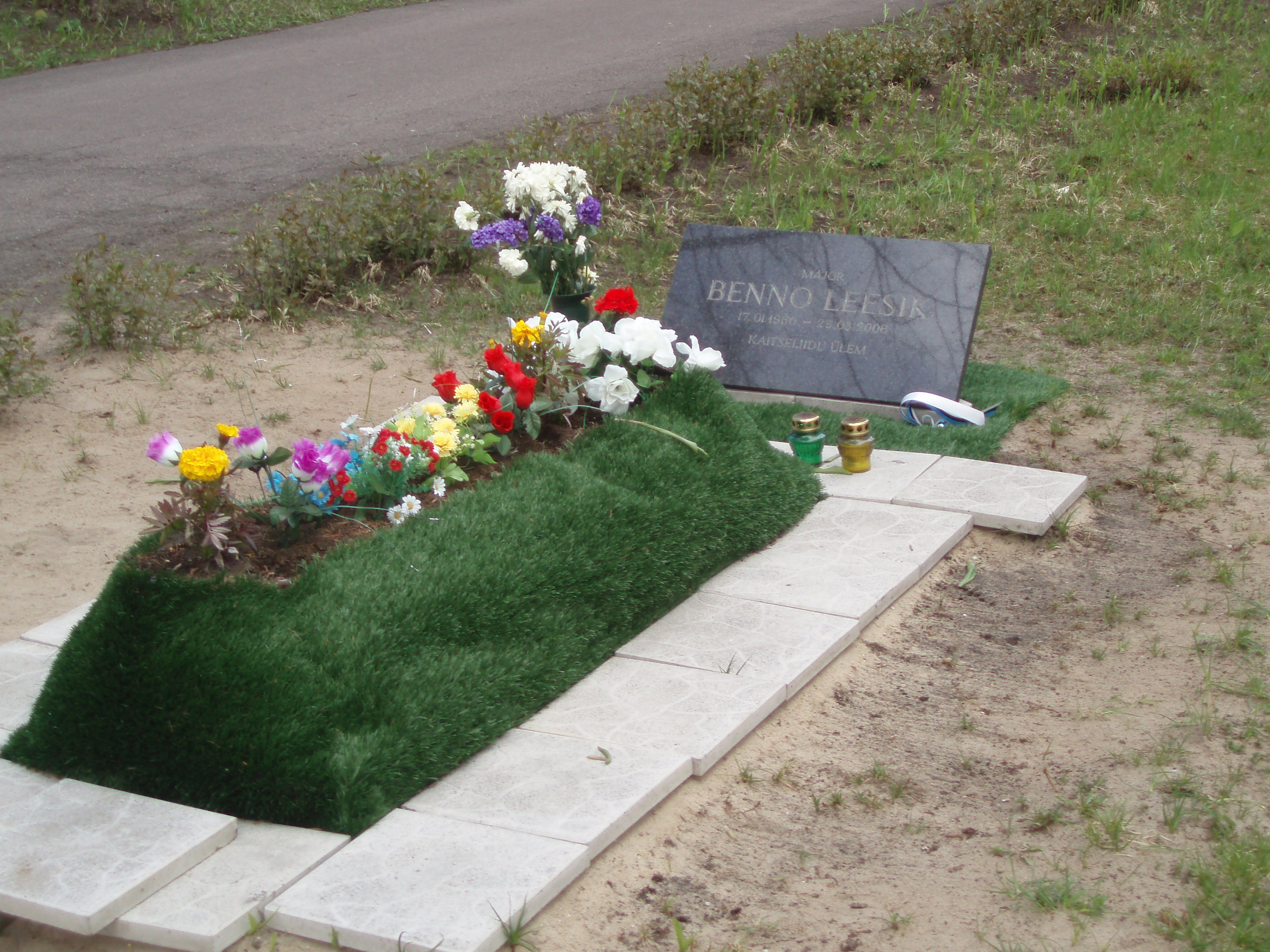
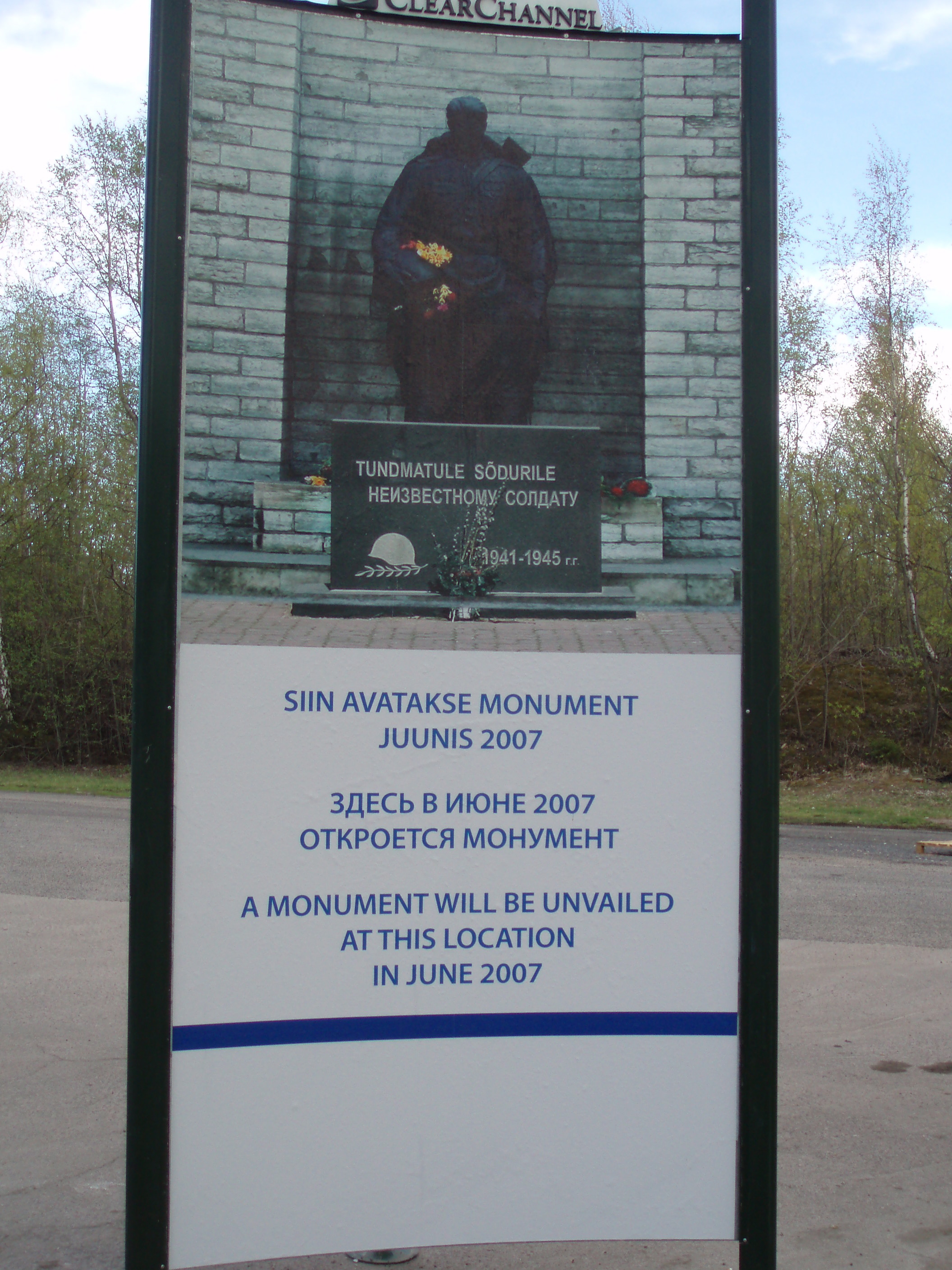
Ouch! Typo “Unvailed” :( I hope this monument will also have information tablets posted as I discussed above.
I found the atmosphere of the Military Cemetery to be as I expected, encouraging peace and remembrance. Estonia has seen many wars and conquerors, and it’s appropriate that all the soldiers now lay side by side as they themselves were very often also the victims of criminal regimes and defenders of freedom at different times. One future challenge with the cemetery is to figure out how to restore the graves and memorials that were destroyed during Soviet times, as Estonian soldiers’ tombs were purposefully replaced with Soviet tombs (often without actually burying anyone under the tombstone). But I am sure it is possible to find a dignified solution that respects all fallen and their memory.
There also was a minor incident when I was there. Three Russian drunks were sitting on gravestones right behind the Bronze Soldier and drinking and otherwise behaving improperly. They were disturbing people in Russian. And then there was a woman who was a bystander, a visitor and otherwise neatly and properly dressed and behaving, and who went to angrily shout at them in Russian that they are a “disgrace” to the memory of the fallen ones, which was very true. She said she’d call the police to them, but I’m not sure if I did, so I also did it myself just in case. And when I returned to the site in some minutes, the drunks were gone. Not sure if the police took them away or they left themselves, but peace and calm were then restored.
Tõnismägi
The former site of the Bronze Soldier is the site when rioting and criminal acts started in the end of April, as the confrontation of people and police became violent and police started driving people away from the site.
By now, everything has cleaned up on the site and the immediate surroundings. There is instead a huge flowerbed in “European colors”. There were some provocations inviting people to “trample the flowers of the enemy”, but fortunately those weren’t followed and the site is generally calm and tranquil. I wasn’t sure if I could park there, but even car parking is allowed similarly as to how it was some years ago before things turned ugly there last May. It’s as if nothing happened here, and normal city life continues.
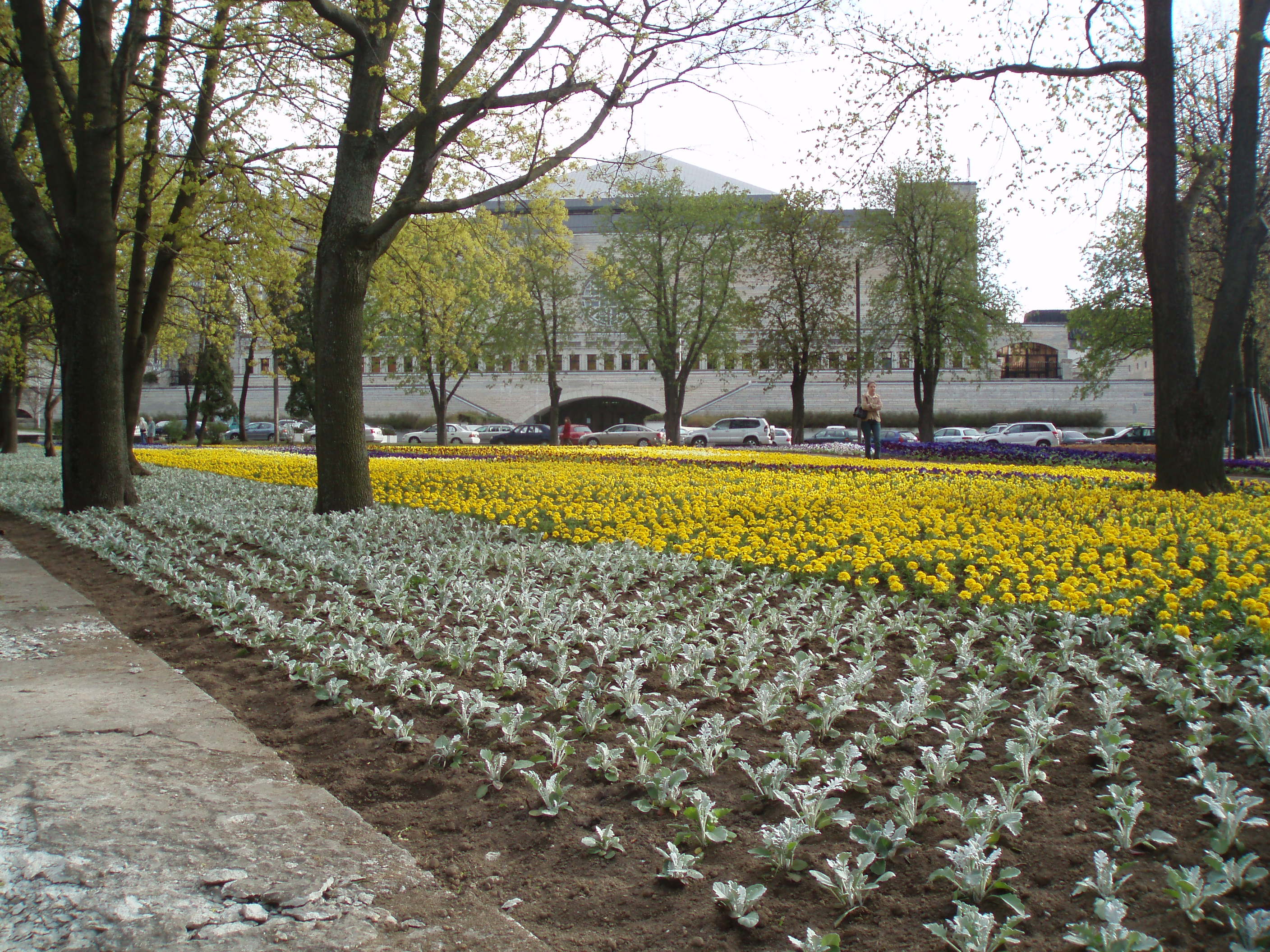
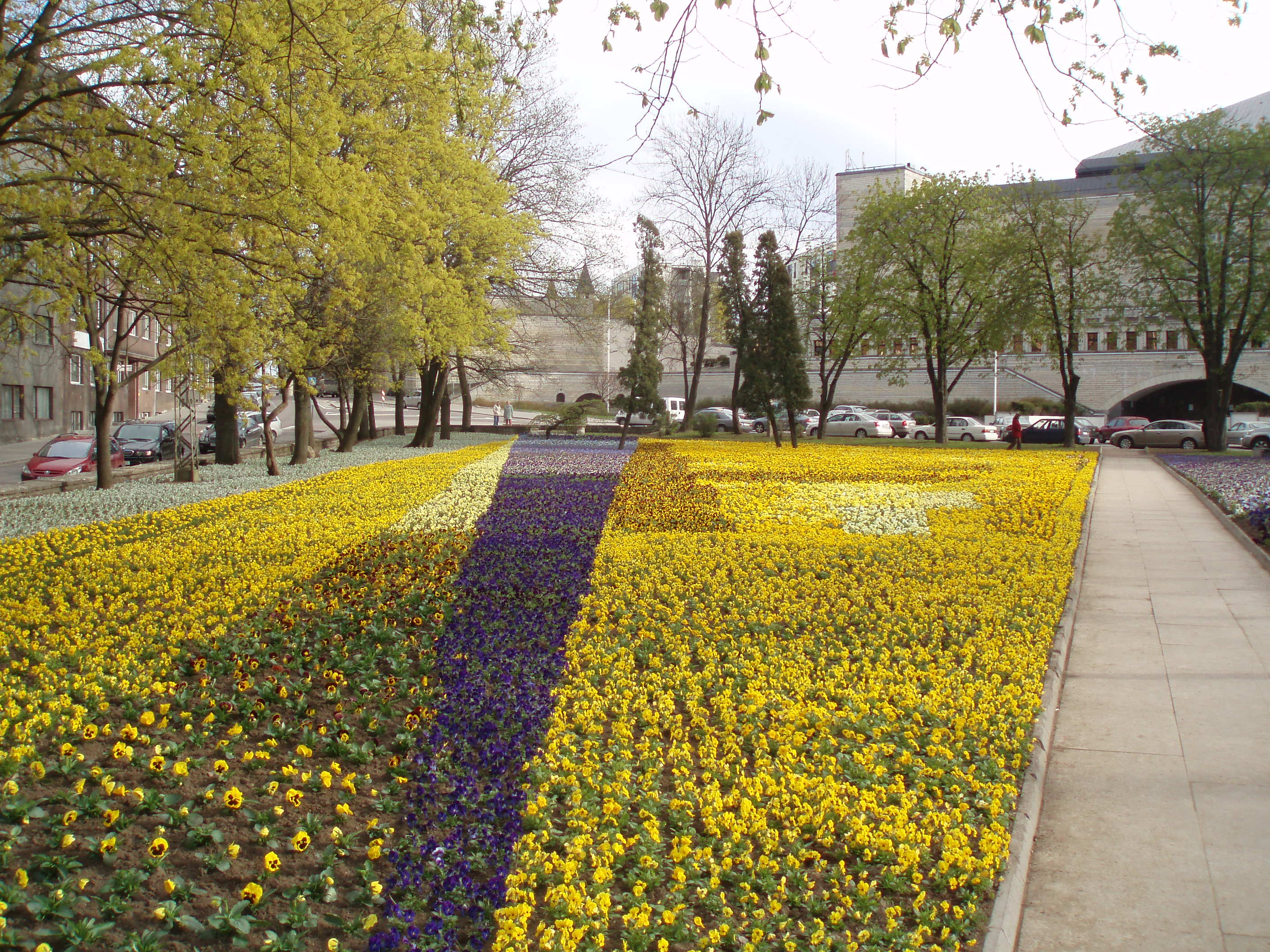
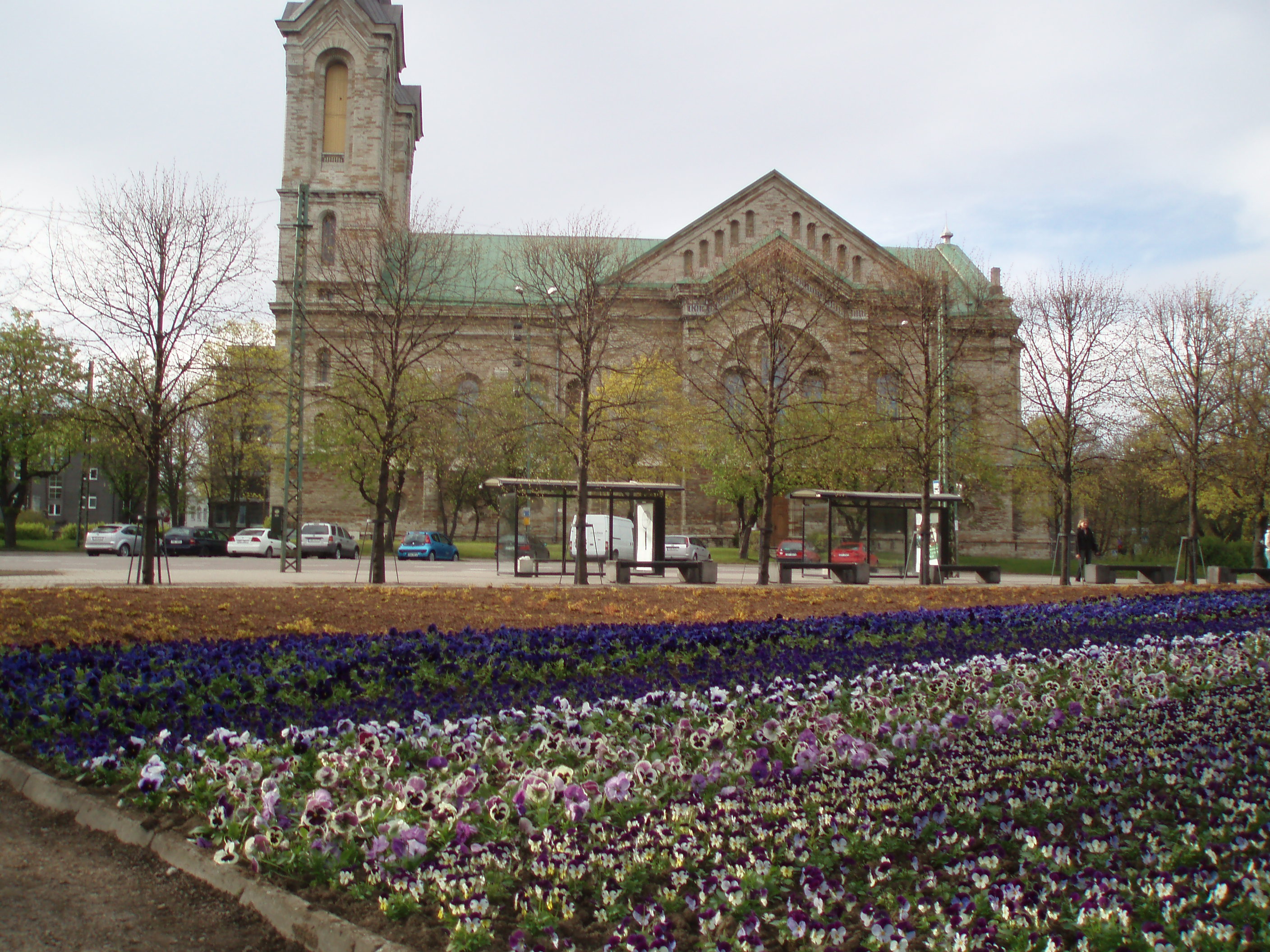
Questions are now asked about what to do with this square. A flowerbed is nice, but such prominent space in the city landscape could have some better and more symbolic use than simply ridding it of everything. It somehow occurred to me that this would be a good place to commemorate Lennart Meri, as it is symbolically between Estonian National Library (knowledge) and Kaarli church (European Christian values), and Meri represented both of these. We don’t really have any place yet dedicated to his memory and I would find this suitable. In some sense, it would actually be a form of historic continuity, following the soldiers and other victims of World War Two that were previously commemorated on the site. Meri was a champion of European values, peace, solidarity and reconstruction, instead of hostility and destruction. He was popular among Estonians, Russians and all other nations in Estonia and generally seen as someone who could truly unite the country and speak for universal values that are important to all ethnicities.